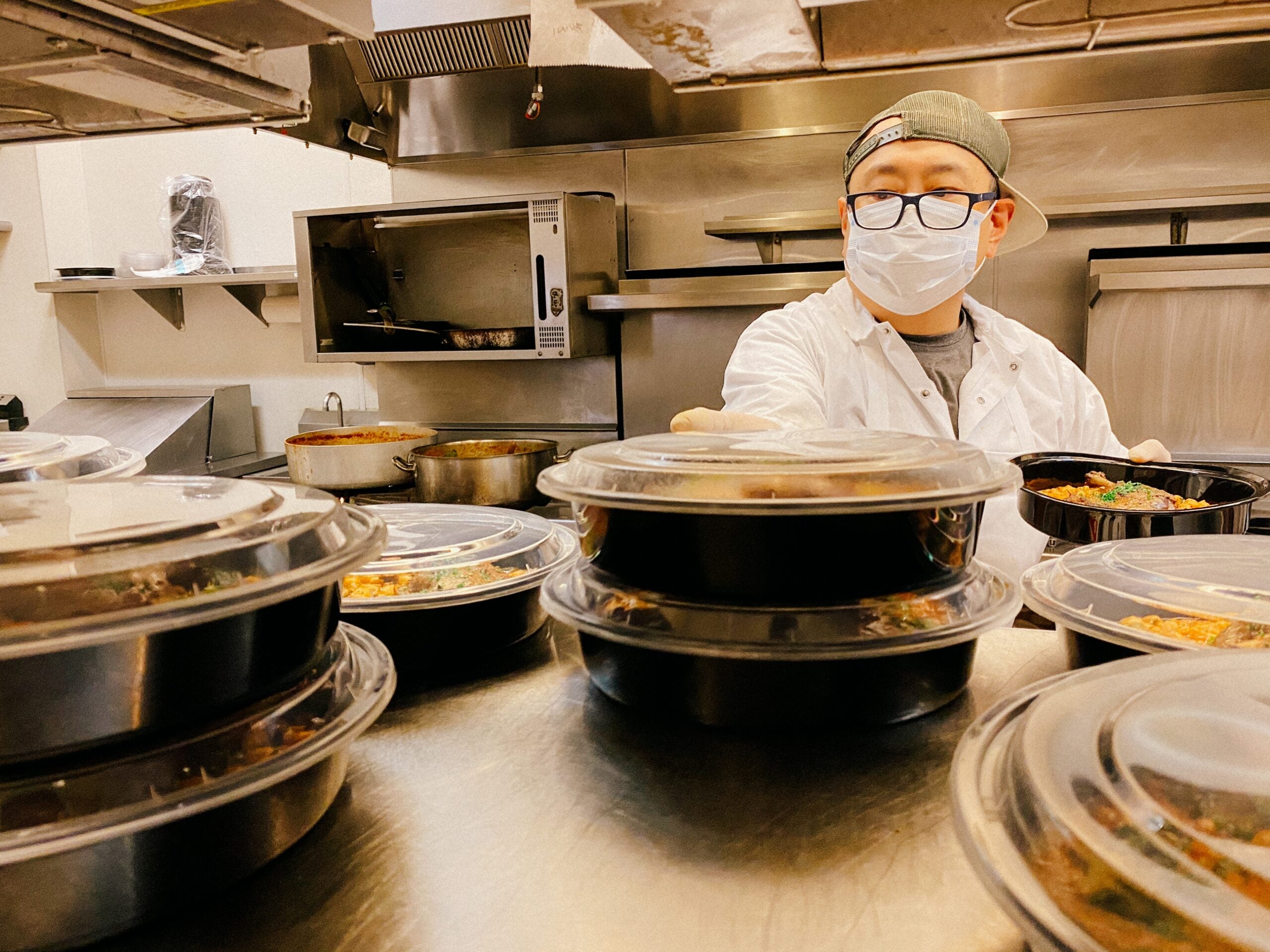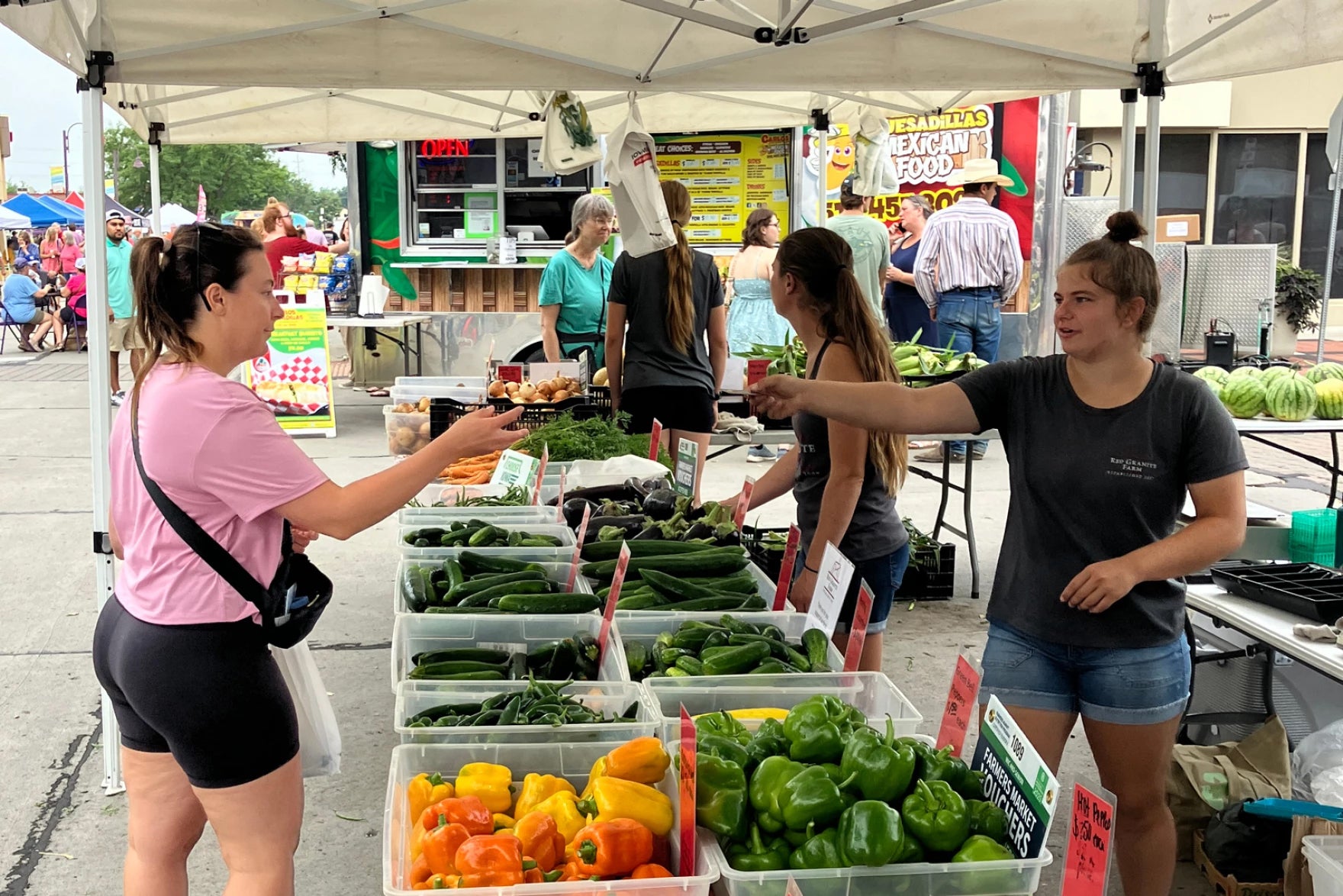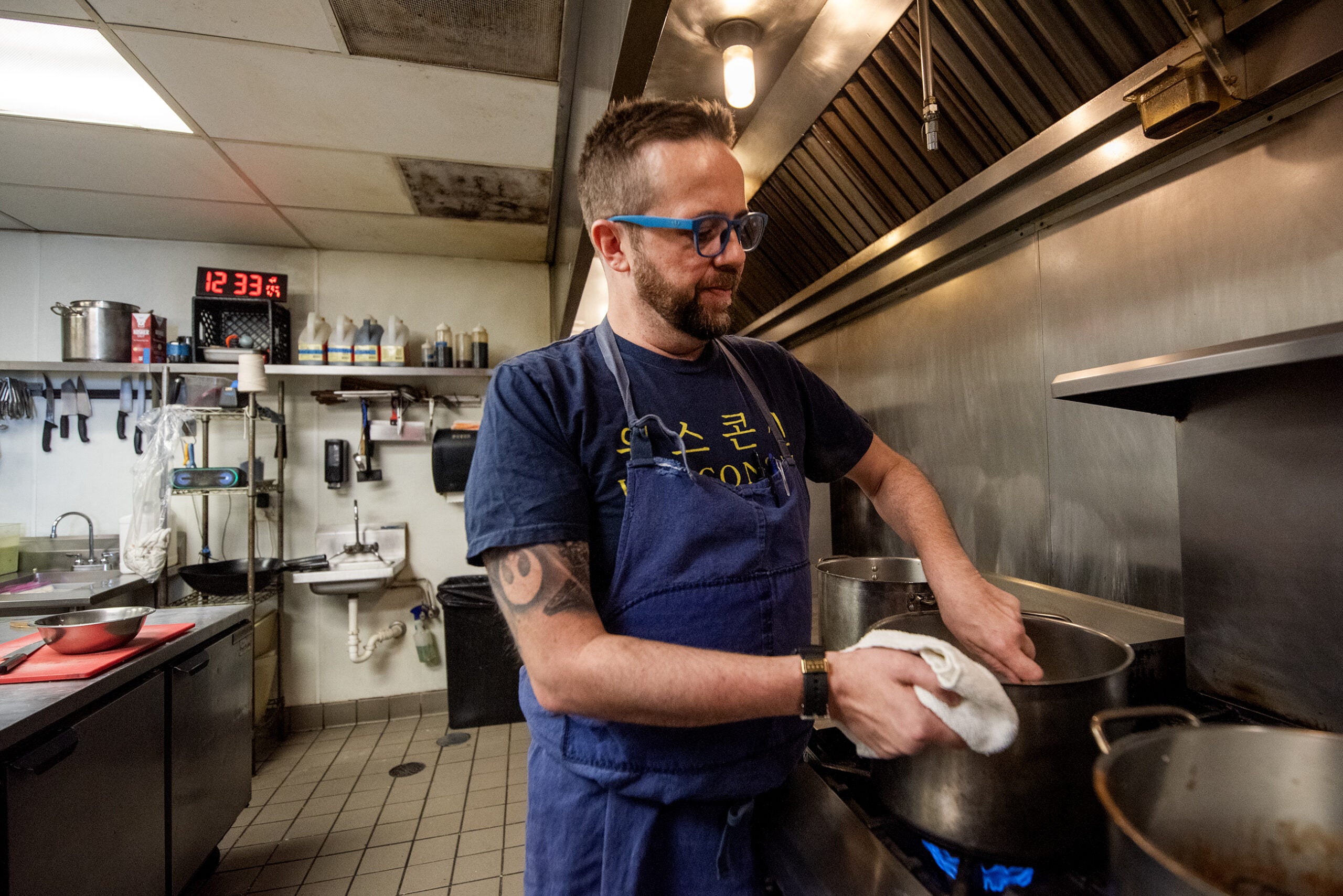Food prices are significantly higher than they were a year ago. Experts say everyone from fine dining restaurants to shoppers on a tight budget are feeling the pinch.
The U.S. Department of Agriculture’s Economic Research Service found that food prices in January were 10.1 percent higher than the same month in 2022. By comparison, the general consumer price index, which measures economy-wide inflation, was 6.4 percent higher than January 2022.
David Ortega, a food economist at Michigan State University, said the increase in food prices is significant, especially when compared to pre-pandemic averages.
News with a little more humanity
WPR’s “Wisconsin Today” newsletter keeps you connected to the state you love without feeling overwhelmed. No paywall. No agenda. No corporate filter.
“Food prices generally increase around 2 percent year over year. So when we’re talking about double-digit increases for 11, almost 12 months, these are significant increases,” Ortega said. “We’re all feeling this at the grocery store. Just about every food category has experienced price increases over the past year.”
Eggs have seen some of the largest increases due to the impact of the highly-pathogenic avian influenza outbreak. As a category, the U.S. Department of Agriculture found egg prices are 70 percent higher than in 2022. But Ortega said certain items are even higher, like a dozen Grade A large eggs which are more than double what they cost a year ago.
He said flour is about 20 percent higher than in 2022, due in part to the war in Ukraine. But Ortega points out that the actual cost of agricultural commodities that go into food items only makes up about 15 cents of every dollar spent on food. The rest comes from the transportation, processing and retail of these items.
“We’ve seen costs go up all along those areas of the supply chain. Things like energy prices, labor costs, transportation, were all very high last year,” he said.
Ortega said climate change is also starting to have an impact on food prices, with instances of drought or extreme temperatures reducing the amount of food available.
The federal data found grocery store prices — what they call food-at-home — were 11.3 percent higher in January than the previous year. But restaurant prices, or food-away-from-home, were only about 8.2 percent higher.
Ortega said the difference is primarily due to the fact that grocery store demand doesn’t change much when prices increase, which allows store owners to pass on the higher cost of items.
“There is no other substitute to going to the grocery store. People have to eat food, we buy food from the grocery store,” he said.
But he said that isn’t the case for restaurants, which are much more likely to see customers choose a cheaper location or just eat at home if prices get too high.
Kristine Hillmer, president and CEO of the Wisconsin Restaurant Association, said this has been top of mind for eateries in the state. She said supply costs have gone up around 25 percent for the industry, while wages are up around 20 to 25 percent depending on location. She said restaurant owners are making tough choices about how they’re operating, including taking things off the menu that are simply too expensive to keep making.
“They may be taking things off their menu that’s very staff intensive to make,” Hillmer said. “They’re restricting hours of operation. You’ll also see that a lot of restaurants are no longer doing the specials that they would do.”
But she said some food items are hard to substitute no matter how much more they cost, like eggs at a diner and the oil used for a Friday night fish fry.
Hillmer said 2023 will likely be another tough year for the restaurant industry, with increased inflation continuing and pandemic-related funding from the federal government coming to an end.
“There’s a lot of restaurants that are surviving on a shoestring right now,” she said. “And if their sales don’t pick up, there’s a lot of restaurateurs that are exhausted and they just don’t have any more financial options. And so unfortunately, we are going to see more closures.”
Ortega said food price inflation is forecast to be about 8 percent for the year, lower than 2022 levels but still much higher than pre-pandemic normals.
“That doesn’t mean that prices are going to come down, it just means the rate of increase is starting to moderate. And that’s an important distinction,” he said.
Ortega said consumer shopping habits have already changed because of higher prices, with people making more frequent trips to the store and doing more price comparison. He said these behaviors are driven primarily by the lowest income households, who spend more than a quarter of their income on food and are having to make changes in order to keep food on their tables.
Wisconsin Public Radio, © Copyright 2025, Board of Regents of the University of Wisconsin System and Wisconsin Educational Communications Board.







